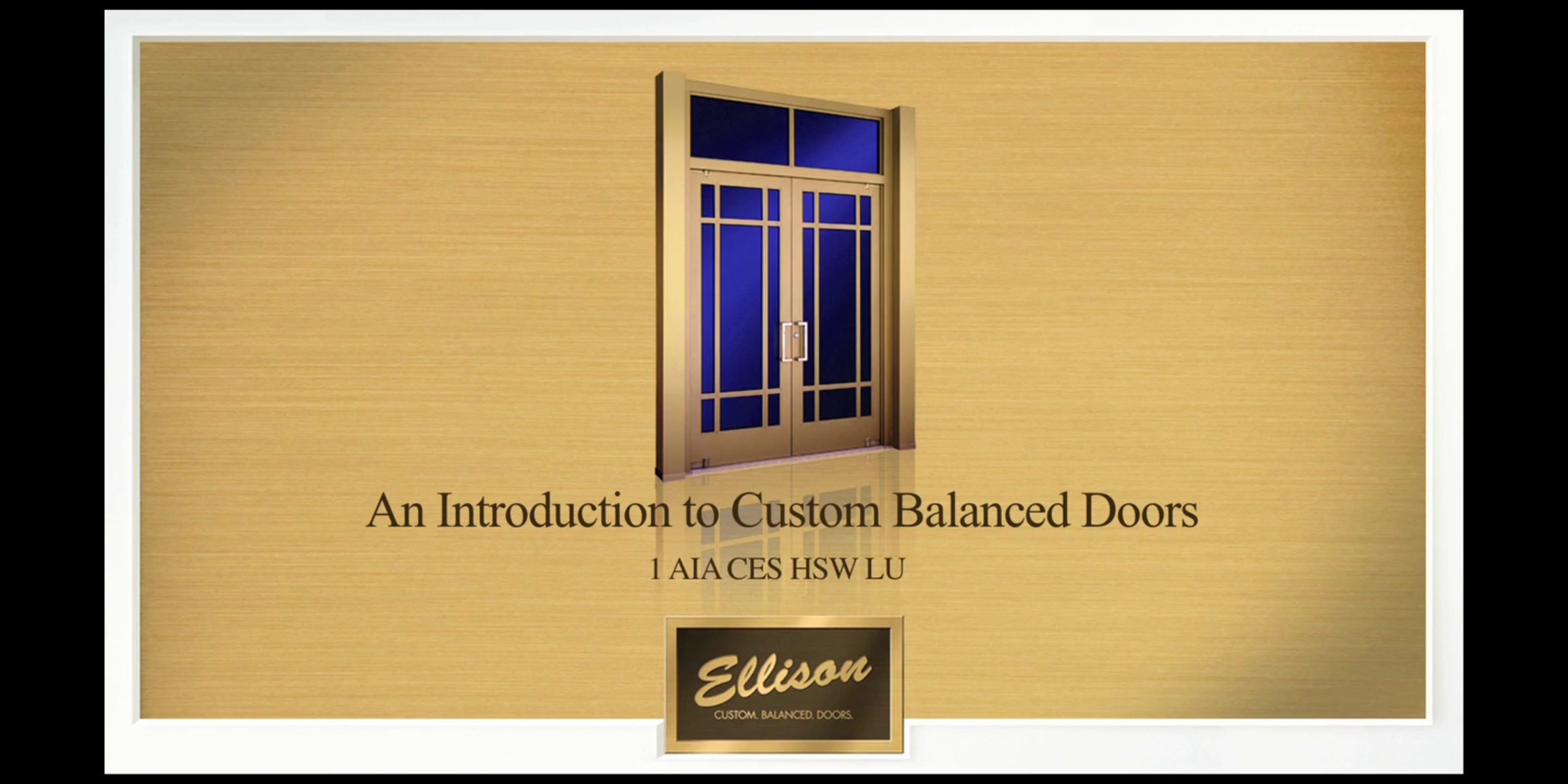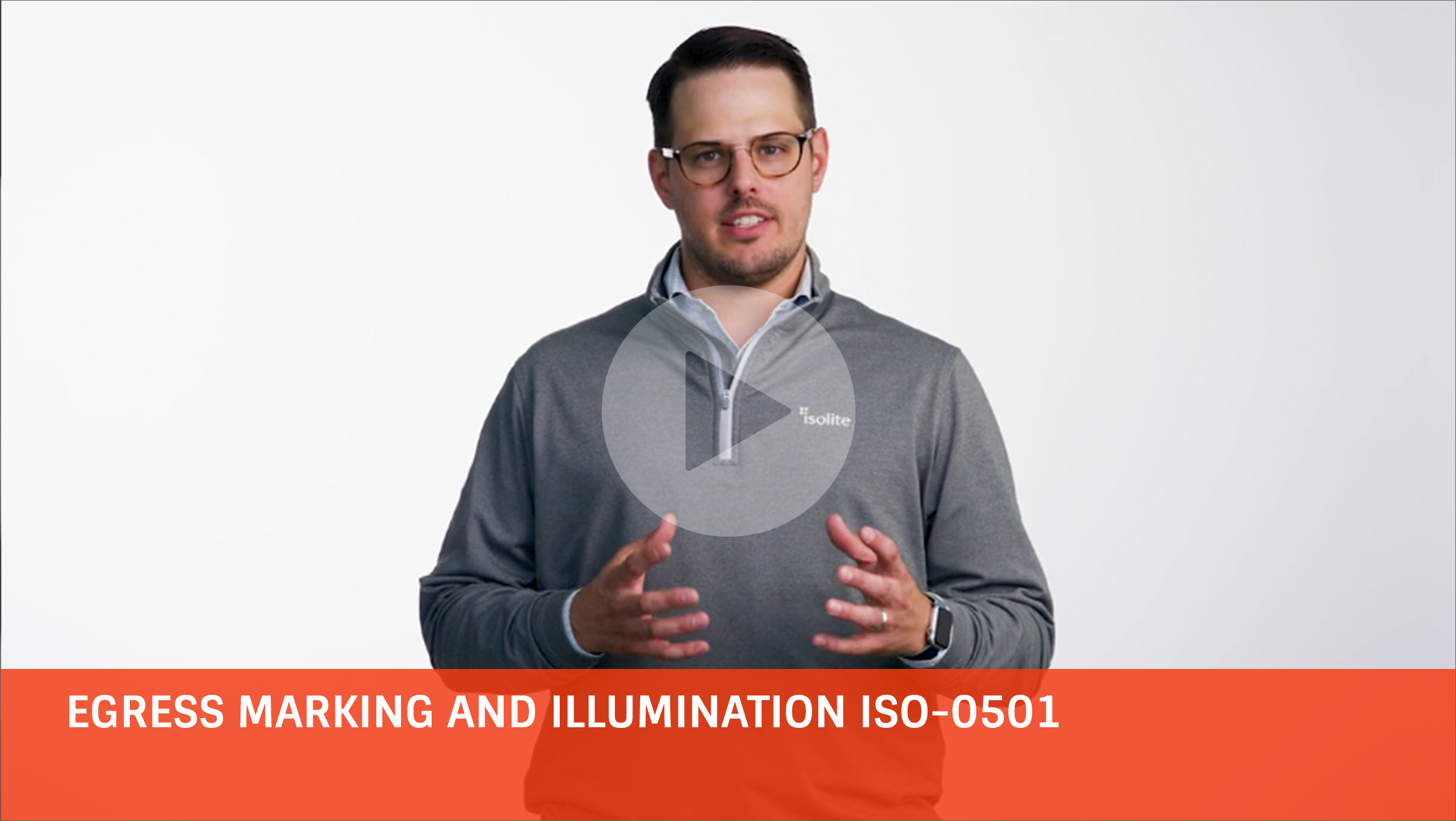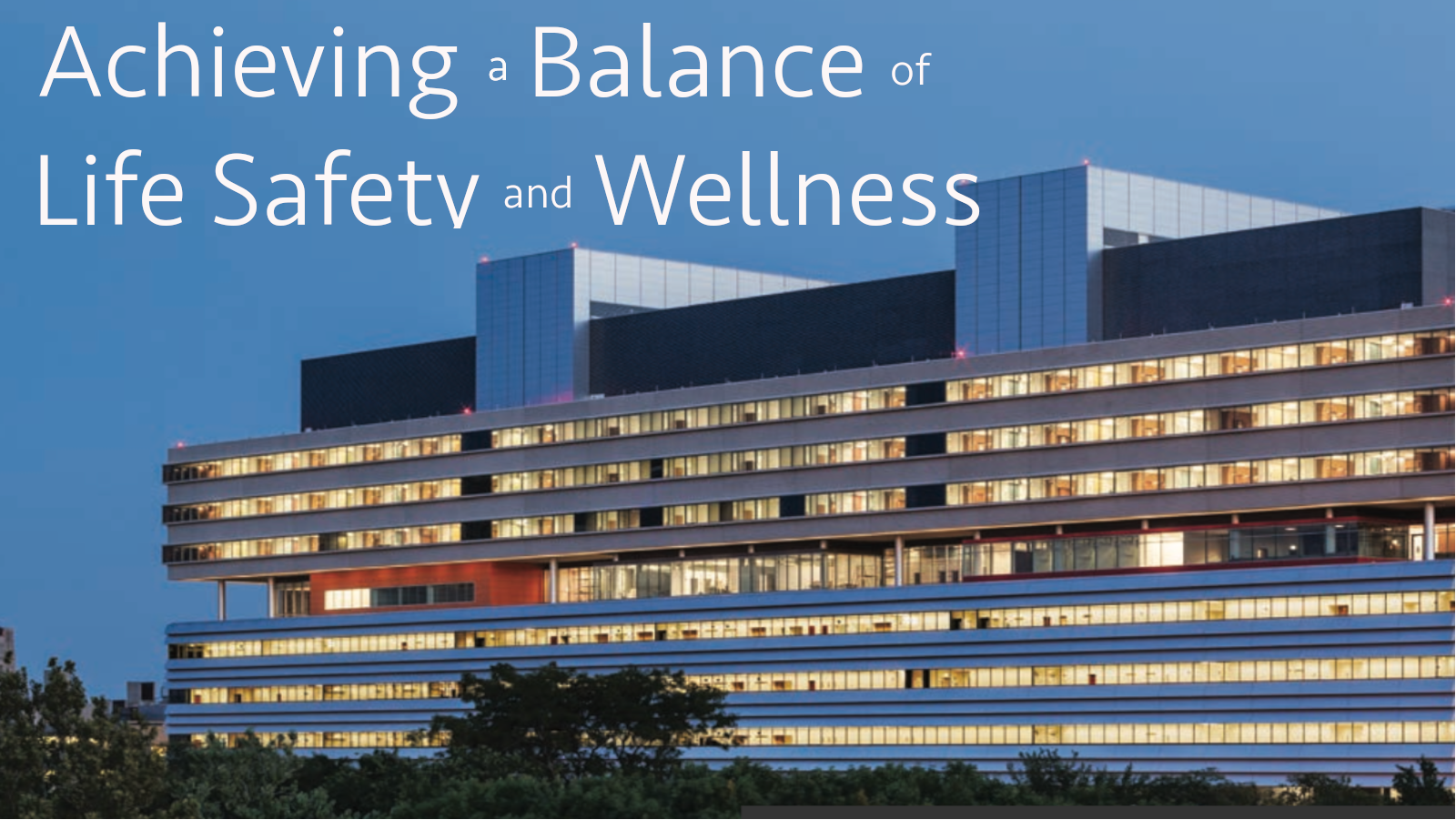Leveraging Advances in Parametric Design & Digital Fabrication in Architecture
This course will explore the cutting-edge union of design and technology by delving into parametric design and its symbiosis with digital fabrication, and how the vision is best achieved via vertically-integrated, technology-forward product manufacturers. We will also discuss strategies for effective collaboration with these manufacturers throughout the architectural design process.
Learning Objective 1:
Students will learn about the use of parametric design in architecture, including its definition, history and current state.
Learning Objective 2:
Students will learn about the marriage between parametric design and digital fabrication.
Learning Objective 3:
Students will understand why vertical integration is an important operating model for product manufacturers looking to leverage parametric design.
Learning Objective 4:
Students will understand how to partner with vertical manufacturers throughout the architectural design process and learn the advantages of this digital collaborative approach.

















